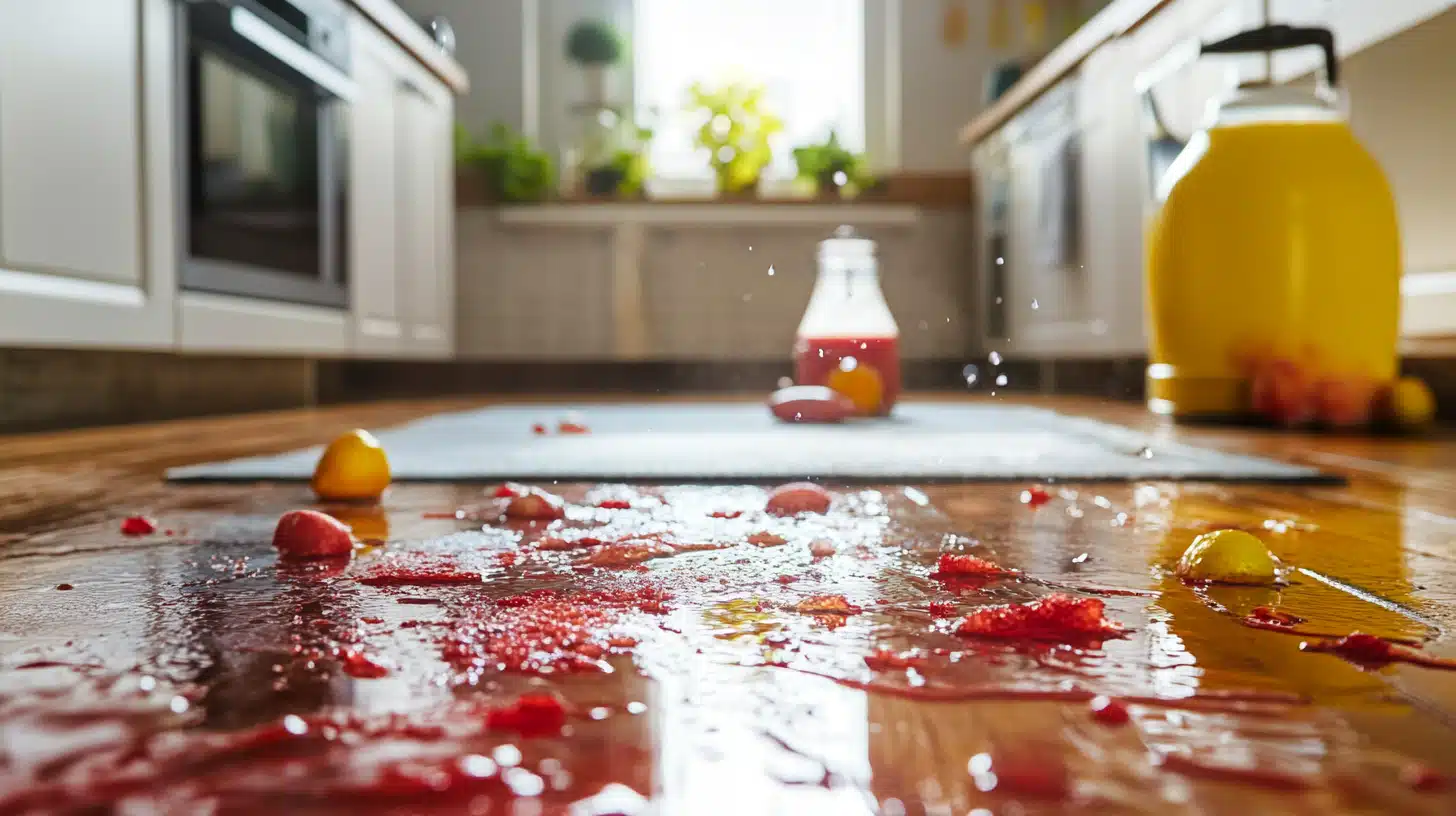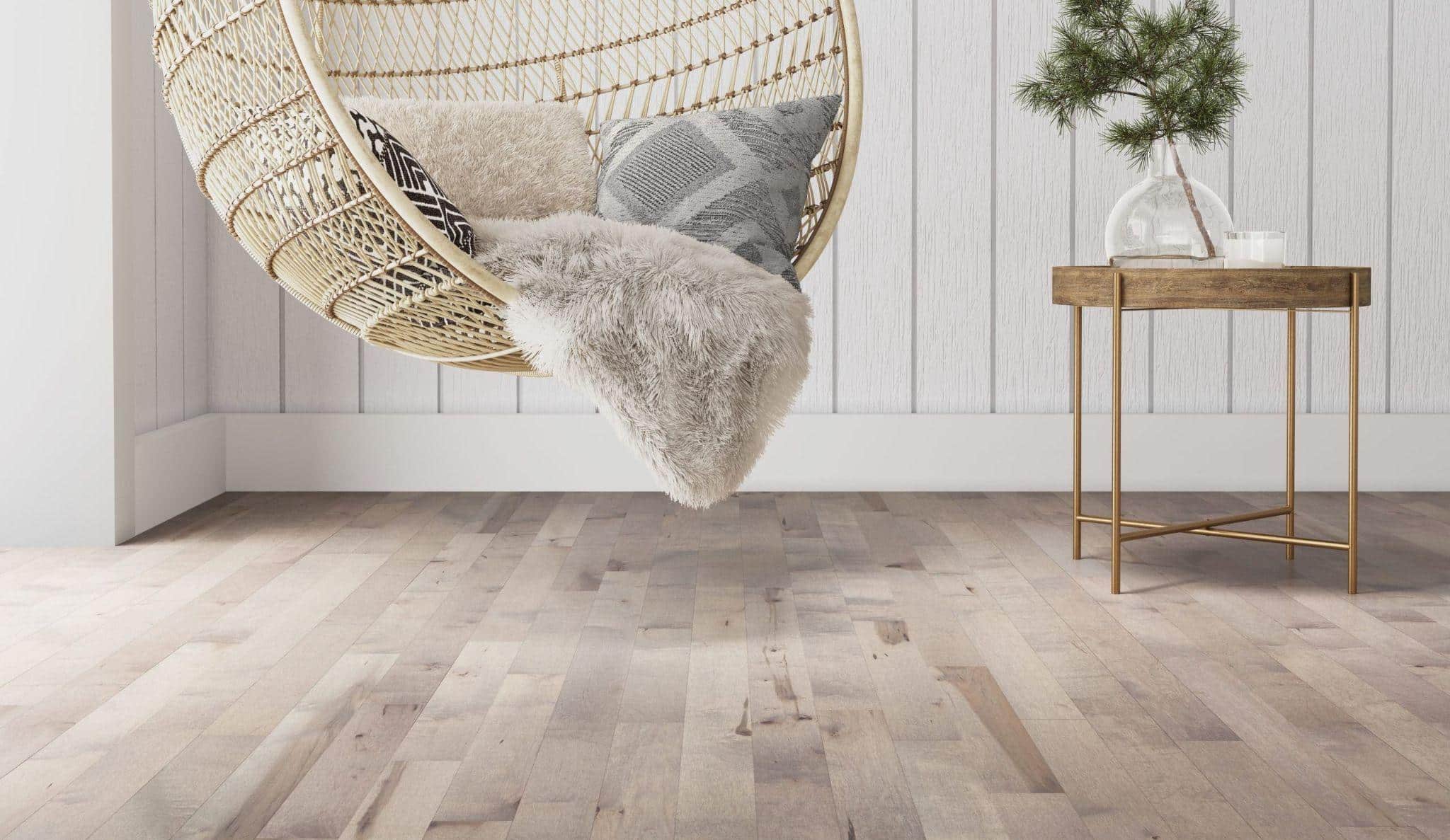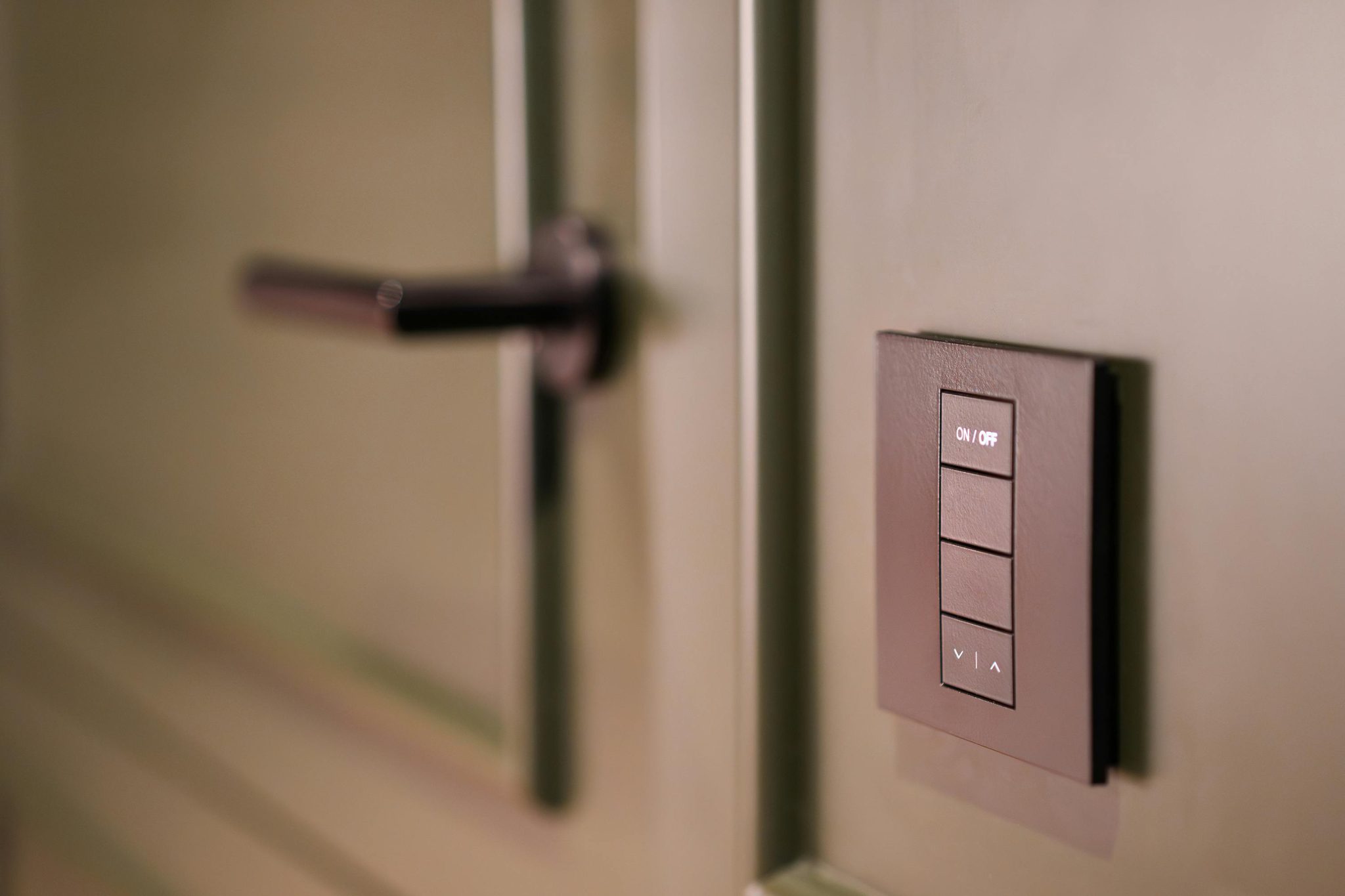Smart Strategies for Comprehensive Stain Removal at Home
Unsightly stains can mar the beauty of your home. Whether they are on your carpets, furniture, or walls, you need effective solutions to get rid of them. However, not all stains are created equal, making their removal a challenging task.
You may have tried numerous DIY methods with little success. Stubborn stains demand professional attention and comprehensive strategies that guarantee results. This is where a stain removal specialist comes into play.
Having the right stain removal strategies at your disposal means you can maintain your home in immaculate condition. Explore smart strategies for comprehensive stain removal and save yourself time and frustration.
Understanding Stain Types

When battling stains, first identify their type. It’s vital to determine if they’re oil-based, protein-based, or tannin-based to customize your stain removal approach.
Oil-Based Stains
Oil-based stains come from oils, butter, and other oily substances. Don’t despair when a greasy fright hits your favorite shirt – there are effective solutions.
Fight oil with oil fighting agents. Dishwashing soap works wonders. Just apply a little to the stain, leave it for a few minutes and then wash.
Protein-Based Stains
Protein stains originate from body fluids such as sweat, blood, or even wine. They’re stubborn but their removal isn’t an impossible task with the right strategy.
Treat fresh protein stains promptly using cold water, avoiding hot water which sets them permanently. A bit of salt can aid in breaking down these stains.
Tannin-Based Stains
Tannin stains are usually from tea, coffee, or fruit juice. They require special attention as wrong treatment methods can make them set into fabric forever.
To combat tannins, avoid using soap which sets the stain instead favor club soda or vinegar. Check for colorfastness before application and wash normally afterwards.
If you need more advice on tackling stubborn stains, Good Housekeeping offers additional practical tips and guidelines.
Essential Stain Removal Supplies
Stains can throw your day off balance. Arm yourself with pansophy about important cleaning tools for instances of unanticipated spills or inadvertent messes.
Your primary cleaning tool is a good, reliable stain remover. They’re time-honored essentials in any cleaning arsenal. Choose one that works for a variety of stains.
Another staple is a microfiber cloth. Highly absorbent and delicate, these cloths lift stains without damaging your textiles. Their fine fibers make them more successful than normal clothes.
- Specialty Stain Removers: Rust, ink, and oil demand specialized products to effectively remove them. This calls for specific removers that target these tenacious stains.
- Gentle Detergents: They’re crucial for delicate fabrics. Ensure they’re mild yet powerful enough to tackle your tough stains without harming the material.
- Gloves: Always protect your hands when using harsh chemicals in stain removal endeavors.
Pairing the right cleaning tools with the proper stain removal techniques can turn the daunting task of stain removal into a straightforward process.
Stay ready and stay clean. Once you acquire these essential stain removal supplies, you’ll transform those stubborn stains from nemeses into minor inconveniences that you handle with aplomb.
Pre-Treatment Techniques
Your stain removal journey begins before you even tackle the stain. Early attention can make all the difference between a temporary and permanent mark.
Blotting Basics
First, blot your stain immediately. Resist rubbing it – harsh movements can push the stain deeper into fabric fibers, increasing its permanence.
The appropriate tool for blotting is a clean, dry cloth. Blot gently from the outside inwards to avoid spreading the stain further.
Stain Identification
Next, identify your stain type. Knowing what substance caused the mark can help guide your pre-treatment strategy effectively.
Different stains require distinct solvents. Protein-based stains like blood demand cold water, while tannin-based stains like coffee need hot water.
Select Solvent Wisely
Once you’ve identified your stain type, select the right solvent. Consult a stain removal chart for precise guidance.
Always remember to test your chosen solvent on an inconspicuous section of fabric first to avoid damaging or discoloring your material.
Specific Stain Solutions

Keeping your home spotless can be challenging, especially when it comes to stubborn stains. But don’t worry; effective solutions exist for tackling even the toughest marks.
Wine Stain Removal
You’ve spilled red wine on your favorite shirt. Don’t panic! There are plenty of DIY remedies to work on these stubborn stains effectively.
For example, baking soda’s absorbent properties make it great for stain removal. Combine with warm water to create a paste for the perfect stain-busting solution.
Fighting Oil Spots
Oily stains, whether from cuisine or machinery, can prove difficult. Luckily, numerous household items can help you quickly get rid of them.
Sprinkling cornstarch on the oil spots works wonders due to its high absorption capabilities. Afterward, gently scrape it off and wash the item as usual.
Ink Eradication Strategy
Ink splotches can strike fear in your heart. To assure you, with a few easy steps, they can disappear like they never happened.
Start with blotting the stain with a dry cloth. Once done, apply rubbing alcohol using a sponge and rinse well before washing it as usual.
Laundering for Persistent Stains
Being equipped to deal with stubborn stains can be a game changer in your overall home maintenance routine.
What’s the best method to pre-treat stains?
Dabbing a bit of liquid detergent directly onto the stained area and allowing it to sit before laundering can significantly improve stain removal results.
Should I use hot or cold water for washing?
Cold water is typically preferred for most stains, as hot water can often set certain types of stains, making them harder to remove.
How frequently should stained clothes be laundered?
Launder stained clothing as quickly as possible. The longer a stain remains, the more difficult it becomes to thoroughly eliminate.
What’s the recommendation for drying after stain treatment?
Avoid heat-drying unless you’re certain the stain has been completely removed. Heat can permanently set any residual staining.
Is bleaching the answer when all else fails?
If a persistent stain refuses to budge after thorough treatment, resorting to diluted bleach can often provide a solution.
Alternate Removal Methods
If stains persist, there are other ways to tackle them. These involve everyday household items that can work miracles on stubborn stains.
Baking soda is highly regarded for its cleansing properties. This natural abrasive can remove tough stains when mixed with water to form a paste.
Vinegar’s acidic nature also makes it an excellent stain remover. However, it should be used cautiously to avoid damage to some fabrics.
- Hydrogen Peroxide: Natural bleach, great on food and drink stains. Rinse thoroughly after use.
- Lemon Juice: Best for mild stains. Its acid content cuts through grime.
- Salt: Ideal for fresh stains. Sprinkle, let sit, then brush off.
- Dish Soap: Combats grease and oil-based stains effectively.
Always remember to rinse the treated area thoroughly after using any of these methods. This will prevent any residue from affecting your clothing or carpets.
Armed with these smart strategies, you’re now ready to tackle any home stain predicament you may encounter. Be sure to use them wisely and efficiently.
Preventing Future Stains
Your best defense against unsightly spills isn’t elaborate cleaning hacks but prevention. Astute stain prevention tactics can save valuable time and effort.
Purchase Stain-Resistant Fabrics
Consider buying stain-resistant fabric for your clothing, carpets, and upholstery. These materials repel liquids, reducing the likelihood of persistent marks.
Use Protective Covers
For furniture and carpets, protective covers are a practical choice. They not only prevent stains but also protect against wear and tear.
Regular Cleaning Routine
Maintain a regular cleaning routine. Regular maintenance helps detect spots before they set in and become harder to eliminate.
Act Swiftly on Spills
If a spill occurs, act swiftly using an appropriate cleaner for the material. Prompt action can mitigate potential damage.
Nourish Your Fabrics
Nourishing your fabrics with suitable conditioning products enhances their resilience against dirt and stains, extending their lifespan.
Stain-Free Success
Well done on empowering yourself with effective stain removal strategies! With proper tools, systematic steps, and awareness, you’re ready to tackle any spot. Remember to visit this guide on how to remove red wine stains. Here’s to maintaining clean, vibrant homes!







